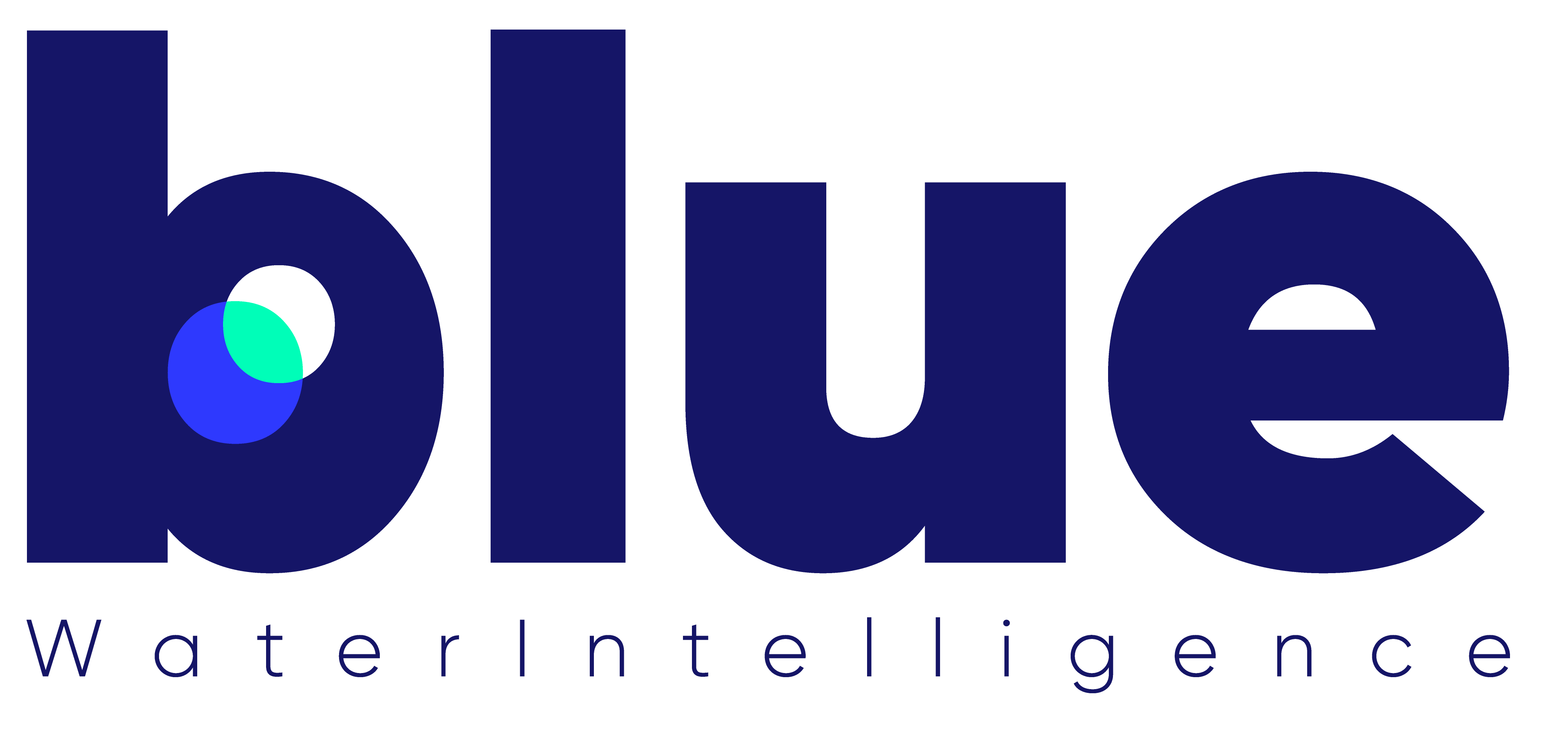Covers around 9.7% of India’s total geographical area and crosses 5 states, highlighting its vastness and importance.
The Godavari river basin is home to diverse agricultural activities, making it a nexus of energy and agriculture. Besides, it also paves way for efficient water transportation. Finally, the majority of people living in the region depend on the river for drinking water needs.

















